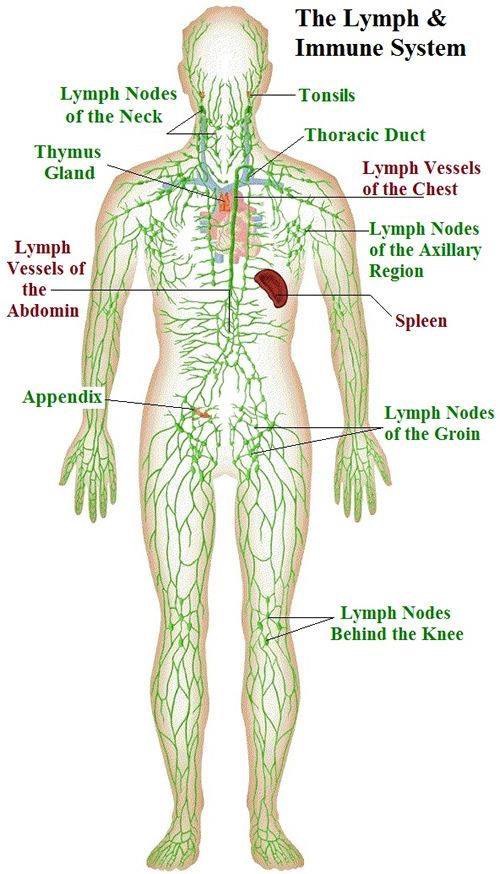
What is rebounding?
Rebounding is movement performed on a specially-designed trampoline designed to get your heart rate up and your lymphatic system working in a low-impact and FUN way.
It works your whole body whilst activating your lymphatic system to help your body to flush out toxins, bacteria and waste.
A NASA study found that exercising on a trampoline was 68% more effective than jogging.
Below are 31 reasons why rebounding can improve your health and wellbeing.
- Strengthens the heart and other muscles in the body so that they work more efficiently.
- Provides an increased G-force (gravitational load), which strengthens the musculoskeletal systems.
- Protects the joints from the chronic fatigue and impact delivered by exercising on hard surfaces.
- Helps manage body composition and improves muscle-to-fat ratio.
- Aids lymphatic circulation by stimulating the millions of one-way valves in the lymphatic system.
- Establishes a better equilibrium between the oxygen required by the tissues and the oxygen made available.
- Increases capacity for breathing.
- Circulates more oxygen to the tissues.
- Results in better mental performance, with keener learning processes.
- Tends to reduce the level to which the arterial pressures rise during exertion.
- Can lessen the time during which blood pressure remains abnormal after severe activity.
- Increases the functional activity of the red bone marrow in the production of red blood cells.
- Decreases the volume of blood pooling in the veins of the cardiovascular system preventing chronic edema.
- Improves resting metabolic rate; therefore more calories are burned for hours after exercise.
- Causes muscles to perform work in circulating fluids through the body to lighten the heart’s load.
- Encourages collateral circulation by increasing the capillary count in the muscles and decreasing the distance between the capillaries and the target cells.
- Lowers circulating cholesterol and triglyceride levels.
- Lowers low-density lipoprotein (bad) in the blood and increases high-density lipoprotein (good) holding off the incidence of coronary artery disease.
- Promotes tissue repair.
- Rebounding for longer than 20 minutes at a moderate intensity increases the mitochondria count within the muscle cells, essential for endurance.
- Adds to the alkaline reserve of the body, which may be of significance in an emergency requiring prolonged effort.
- Improves coordination between the proprioceptors in the joints, the transmission of nerve impulses to and from the brain, transmission of nerve impulses and responsiveness of the muscle fibres.
- Improves the brain’s responsiveness to the vestibular apparatus within the inner ear, thus improving balance.
- Offers relief from neck and back pains, headaches, and other pain caused by lack of exercise.
- Enhances digestion and elimination processes.
- Allows for deeper and easier relaxation and sleep.
- Can curtail fatigue and menstrual discomfort for women.
- Minimises the number of colds, allergies, digestive disturbances, and abdominal problems.
- Tends to slow down atrophy in the ageing process.
- Is an effective form of exercise by which the user gains a sense of control and an improved self image.
- Rebounding is fun!

Any movement will allow the lymphatic fluid to move. The best ways to maintain a healthy flow is to take brisk walks, run and jump. Jumping on a rebounder or trampoline is the best. 5 mins on a rebounder are equivalent to a 15 min run. The ultimate recommendation is 12 mins a day, as this exercises the heart. Experts say if you double your heart rate for 12 mins a day your chances of having a heart attack are highly unlikely. You can read more about the lymphatic system in an earlier blog post ‘Balance the lymphatic system for improved health and well-being’
After reading the 31 reasons why rebounding can improve your health and wellbeing I hope you invest in a rebounder or hop onto your children’s (or grandchildren’s) trampoline and have fun jumping around with them.
Happy jumping!